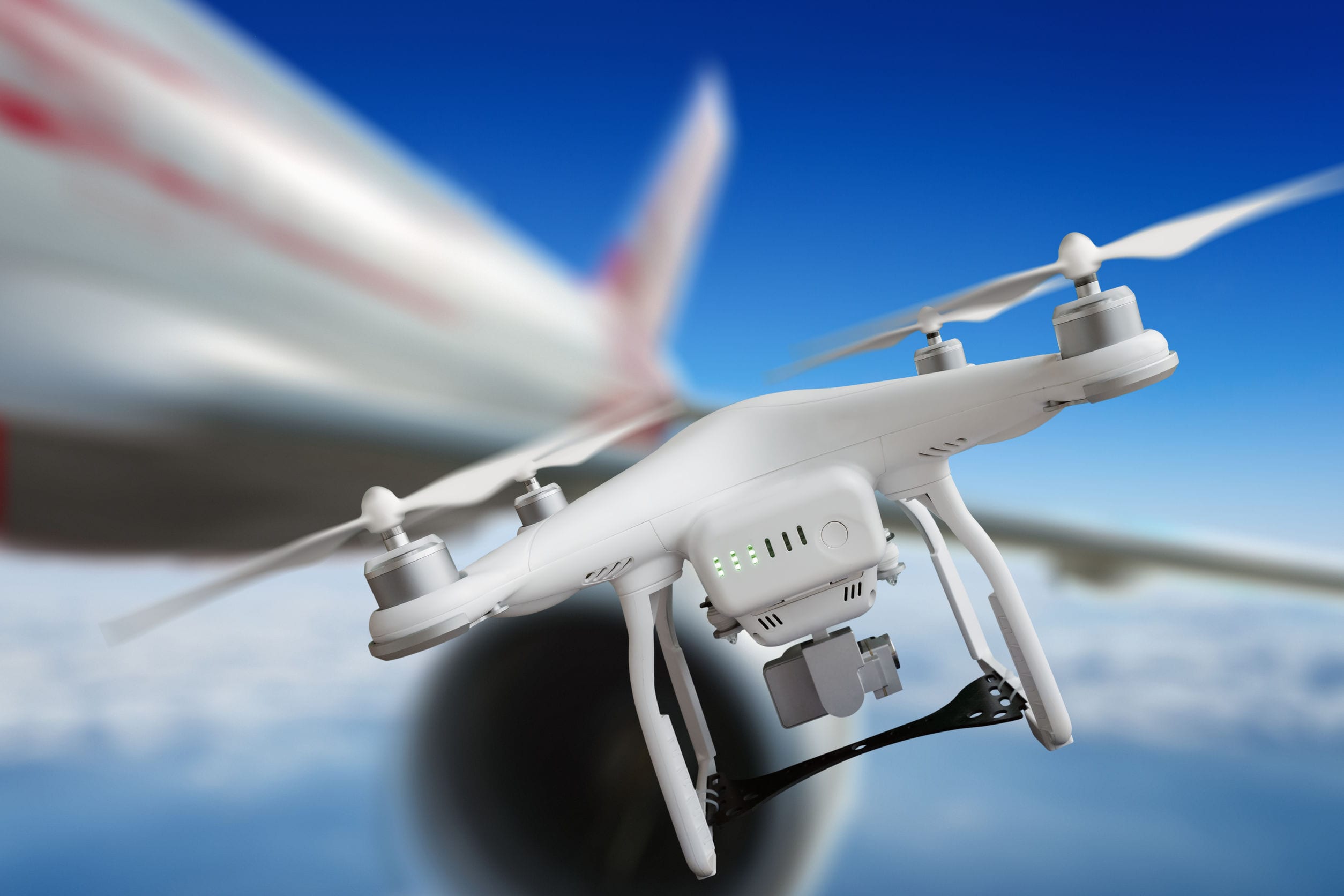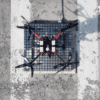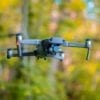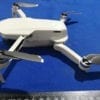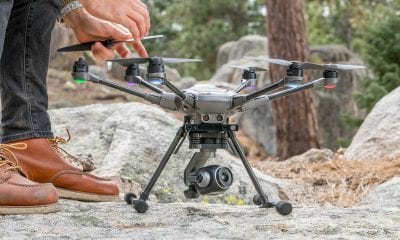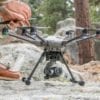Brands
DJI to Add Built-in Airplane and Helicopter Detectors
DJI the Chinese tech company announced Wednesday that all DJI drones weighing more than 250 grams — which includes every drone it currently offers — released in 2020 onward will have built-in airplane and helicopter detectors.
The drones will now include sensors capable of receiving the Automatic Dependent Surveillance-Broadcast (ADS-B) signal that are sent out by planes and helicopters when another craft is nearby. Crucially, it won’t automatically cause the drone to move away from the larger aircraft — that decision will remain with the pilot.
The FAA is mandating this tech in many airplanes and helicopters starting in 2020, but not in drones. DJI already has the tech installed on some of the company’s more professional offerings, like the Matrice 200 and Mavic 2 Enterprise.
It’s the first of a point plan DJI has designed to help maintain drone safety. The full list follows:
- DJI will install ADS-B receivers in all new drones above 250 grams.
- A new automatic warning for drone pilots flying at extended distances will also be developed.
- DJI will establish an internal Safety Standards Group to meet regulatory and customer expectations.
- Aviation industry groups must develop standards for reporting drone incidents.
- All drone manufacturers should install geofencing and remote identification.
- Governments must require remote identification accompanied with a user-friendly knowledge test for new drone pilots.
- Governments must clearly designate sensitive restriction areas.
- Local authorities must be allowed to respond to drone threats that are clear and serious.
- Governments must increase enforcement of laws against unsafe drone operation.
Rune Duke, senior director of airspace and air traffic at the Aircraft Owners and Pilots Association (AOPA) hopes this will reduce conflicts between the small unmanned and large manned aircrafts saying, “Expanding the availability of AirSense to DJI pilots is a meaningful step forward in safely integrating UAS and reducing conflicts with manned aircraft. All of aviation will benefit from the incorporation of this technology into DJI’s large fleet.” The American Association of Airport Executives also endorsed the move. AOPA also worked directly with DJI to develop recent advances on “geofencing,” GPS-based technology that prevents drones from flying in areas with high-collision risk.
#DJI’s AirSense commitment is the first of 10 points in “Elevating Safety,” our new white paper for how DJI, other drone manufacturers, and government officials around the world can maintain drones’ admirable safety record. https://t.co/kAJwTBFO9x pic.twitter.com/WH555nBZIh
— DJI (@DJIGlobal) May 22, 2019
DJI Vice President for Policy and Legal Affairs Brendan Schulman, said in a news release on May 22, “DJI was the first company to offer geofencing, automatic altitude limits, return-to-home technology and other safety features to the world’s growing community of personal and professional drone pilots. We believe our efforts have helped drones attain their enviable safety record, and we expect our new agenda will further improve safety even as more drones take to the skies.”
With Consumer Technology Association predicting sale of up to 3.4 million drones in 2019 alone, this rising drone usage might cause a heightened threat to all aircraft systems. Industry experts have welcomed DJI for the change.

